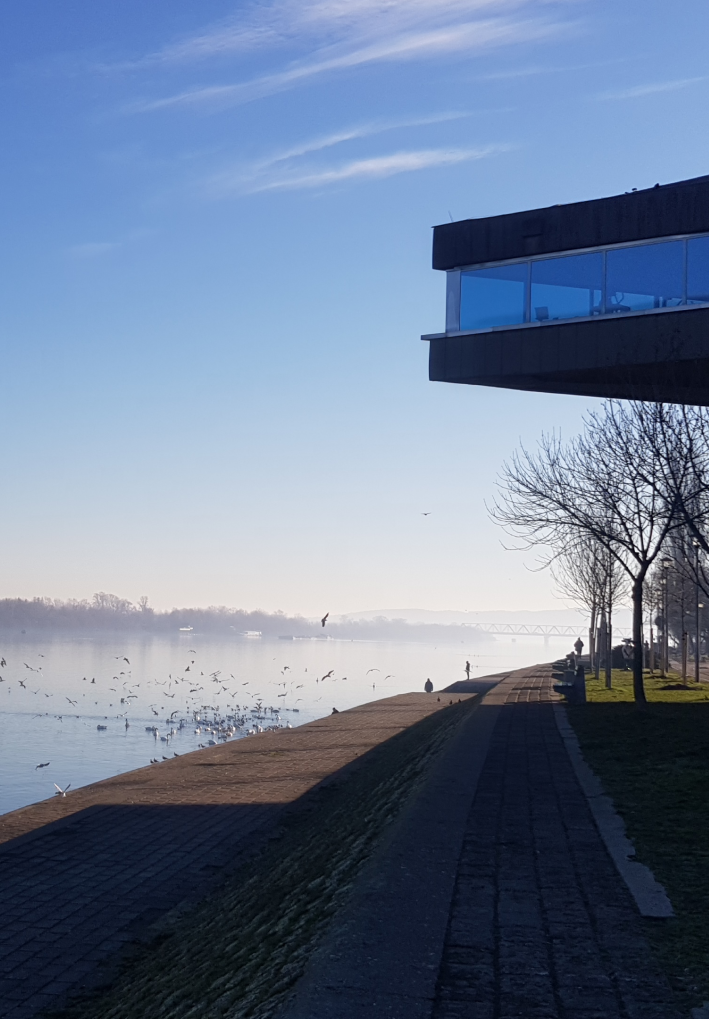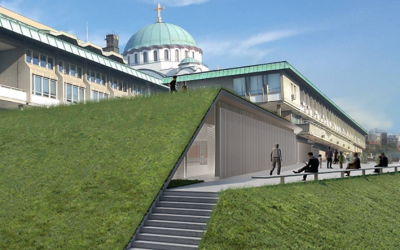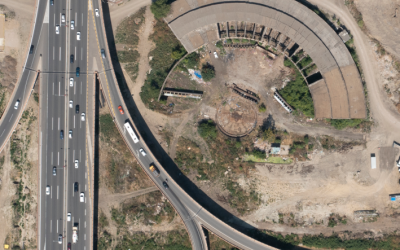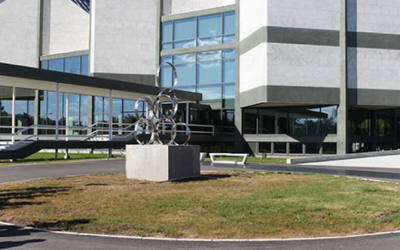BINA WALK
Guided by: Bojana Ibrajter Gazibara, Vladana Putnik & Dragana Mecanov
Sunday, 5.6.2022., 10.00-13.00
→ Sport center 25. maj, Tadeuša Košćuška 63
last bus stop of bus 24
Is there such a thing as Donji Dorćol to begin with? If so, is it a geographical, social, cultural or merely psychological determinant? Our walk through this part of Belgrade is dedicated to cultural heritage, its diversity, significance, an innovation. From the oldest house in 10 Cara Dušana Street, through important public buildings like St. Sava Association Building and St. Sava House, schools – Elementary school in Dorćol and the First Belgrade Classical High School, to Steam Bath of Krsmanović Brothers, Church St. Aleksandar Nevski, and Workers’ Housing Complex. In addition, the industrial zone in the vicinity and the intriguing thermal power plant “Power and Light” will also get a mention. Discussing different periods, multiculturalism, and architectural styles should give a clearer picture of the inhabitants, development and the decline of the lower part of the Danube slope. At the same time, the walk should point to the changes in the residential architecture, which has always been closely related to the cultural heritage of this area, but also question if the cultural heritage is sufficiently recognized and visible outside of professional circles, regardless of being occasionally in the public eye, after which it falls again into a kind of oblivion. Architecture and urban development of the postwar period is impossible to analyze and understand without the knowledge about the historical, urban, as well as socioeconomic context and the great heritage of Donji Dorćol. Residential architecture of the second half of the 20th century in one sense follows the pattern of defined closed blocks, the street front and level, but in the case of the large residential complex on the Danube quay, the traditional block scheme is completely abandoned, thus forming open blocks and creating new typologies of architectural forms. The focus will also be on some of the most significant examples of residential and public architecture: residential complex on the Danube quay and in Mike Alas Street, residential buildings in a row in Solunska Street, Sports Centre “Milan Gale Muškatirović” by arch. Ivan Antić, residential buildings by arch. Predrag Ristić, industrial heritage of the major Yugoslav companies, and educational and social protection facilities. The last part of the walk will focus on the contemporary architectural and urban development, as well as the new upcoming residential projects. A linear park is also planned, a modern solution for creating green areas along the banks of the Danube, although the proportion of green areas is inevitably decreasing in the 21th century.
The tour “Urban memories of Donji Dorćol” will be organised in three parts. Bojana Ibrajter-Gazibara from the Institute for the Protection of Cultural Monuments of Belgrade will talk about the first part. She will refer to the Jewish and the Ottoman heritage, as well as other elements of cultural strata of this historic part of the city. Vladana Putnik Prica from the University of Belgrade – Faculty of Philosophy, who is also the coordinator of Docomomo Serbia, will talk about the second part, architecture, urbanism and the unrealised projects of the interwar period. The third part, architecture and urban planning of the second half of the 20th century and contemporary architecture will be presented by the researcher Dragana Mecanov, PhD, from Docomomo Serbia.
Places - Available: 0 Reserved: 50 Approved: 28
Fill in form below to book place for the event
All the places are booked!








